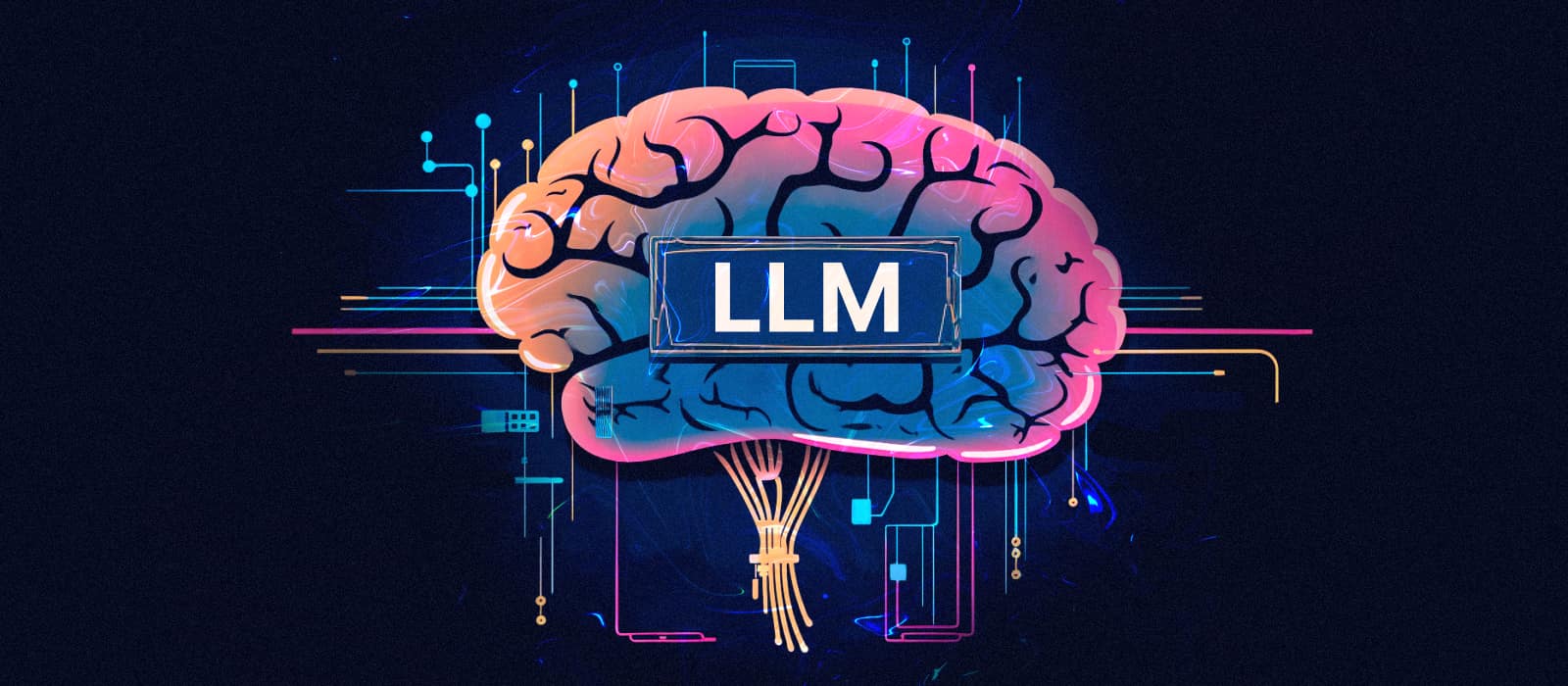Demystifying the Minds of Machines: A Look into Large Language Models
In recent years, the rapid advancement of artificial intelligence (AI) has brought about a paradigm shift in the way we interact with technology. At the forefront of this transformation are Large Language Models (LLMs), a subset of AI that has demonstrated remarkable capabilities in understanding and generating human-like text.Large language models (LLMs) have taken the world by storm, powering everything from chatbots and virtual assistants to creative text generation and machine translation.
What are Large Language Models?
Imagine a computer program that’s been exposed to an entire library, the internet, and countless conversations – that’s essentially what an LLM is. Trained on massive datasets of text and code, LLMs become incredibly adept at understanding the patterns and relationships between words. This allows them to perform a variety of impressive feats, including:
- Generating human-quality text: From composing different kinds of creative content and poems to writing different news articles, LLMs can produce surprisingly human-like text.
- Understanding your requests: They can analyze your questions and instructions, making them invaluable for chatbots and virtual assistants that can hold conversations and respond to your needs.
- Summarizing information: Sifting through vast amounts of text, LLMs can extract key points, saving you time and effort.
The Brains Behind the Brawn:Transformers
But how do LLMs achieve these remarkable feats? The secret lies in their neural network architecture – specifically, a type called a transformer. Think of a transformer as a complex web of interconnected nodes, constantly analyzing the data it’s been trained on. Here’s a simplified breakdown of the process:
- Data Feast: LLMs are trained on massive amounts of text data. This can include books, articles, code, websites, and even social media conversations.
- Pattern Recognition: The transformer analyzes this data, identifying patterns in how words are used and how they relate to each other. It essentially learns the flow and structure of language.
- Statistical Wizardry: Through this analysis, LLMs develop intricate statistical models that represent the relationships between words.
- Prediction and Generation: Once trained, LLMs can predict the next word in a sequence, allowing them to generate different creative text formats, translate languages, and answer your questions in an informative way.
Applications of LLMs
The applications of LLMs are as diverse as they are impactful. Here are a few key areas where LLMs are making significant strides:
Content Creation
LLMs can generate articles, stories, poetry, and more, often indistinguishable from human-written content. This capability has immense potential in journalism, marketing, and entertainment.
Language Translation
LLMs have improved machine translation, making it more accurate and contextually relevant. This breaks down language barriers and fosters global communication.
Virtual Assistants
LLMs power the next generation of virtual assistants, enabling more natural and context-aware interactions. This enhances user experiences in smart devices, customer service, and personal productivity tools.
Programming Assistance
LLMs, like GitHub Copilot, can assist programmers by suggesting code snippets, explaining code, and even writing entire functions. This can increase productivity and lower the barrier to entry for novice programmers.
Education and Tutoring
LLMs can provide personalized learning experiences, offering explanations, answering questions, and even creating interactive learning materials.
Challenges and Ethical Considerations
Despite their potential, LLMs also pose significant challenges:
Bias and Fairness
LLMs can inherit and amplify biases present in their training data. Ensuring fairness and mitigating bias in LLMs is an ongoing challenge.
Misinformation
The ability of LLMs to generate convincing text can be misused to spread misinformation or create fake content, raising concerns about trust and authenticity.
Job Displacement
As LLMs take on tasks traditionally performed by humans, there are concerns about job displacement and the need for workforce reskilling.
Ethical Use
The power of LLMs necessitates responsible use. Guidelines and regulations are needed to ensure that LLMs are used ethically and for the benefit of society.
The Future of LLMs
As research and development in LLMs continue, we can expect even more sophisticated models with greater understanding and generative capabilities. The integration of LLMs into various industries will likely accelerate, transforming how we work, communicate, and interact with technology. However, it is crucial that this progress is accompanied by a commitment to addressing the ethical and societal implications of these powerful tools.
In conclusion, Large Language Models are a cornerstone of the AI revolution, offering immense potential to reshape our world. As we navigate this new landscape, it is imperative that we harness the power of LLMs responsibly, ensuring that they serve as a force for good and a catalyst for positive change.














Post Comment